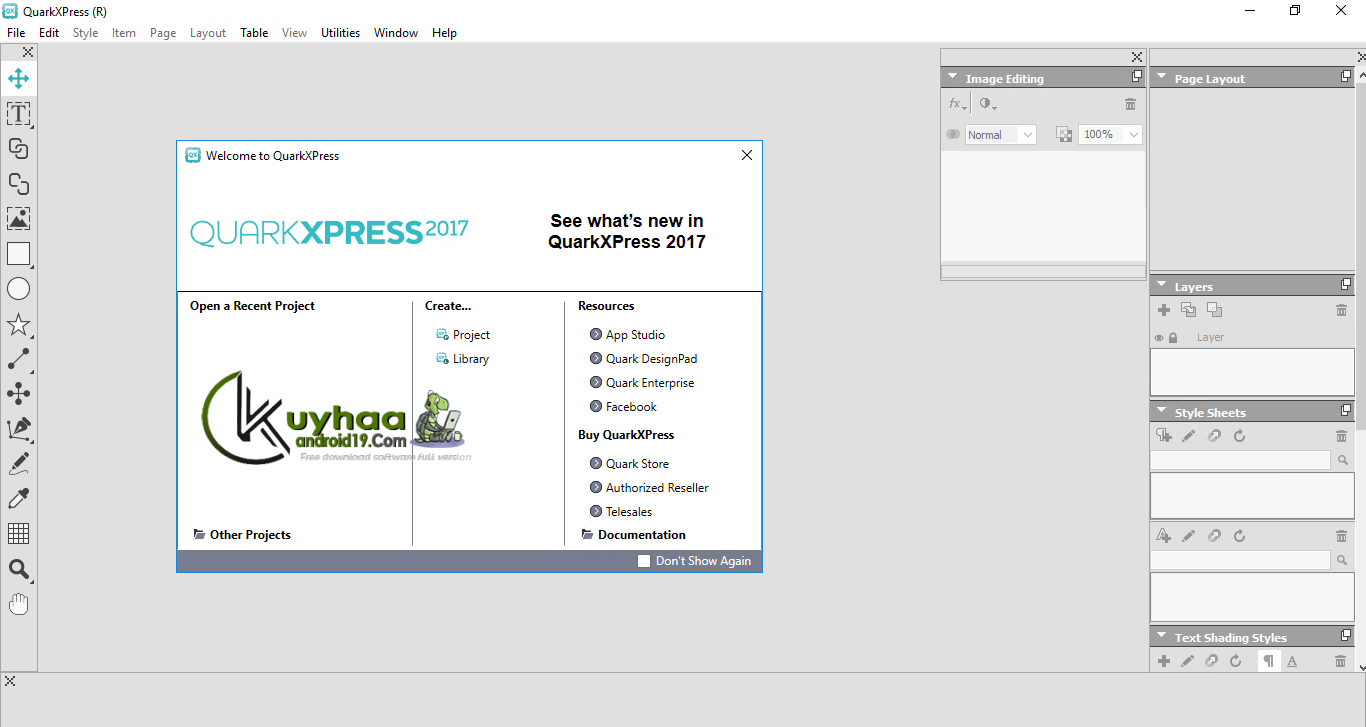

In the desktop publishing arena, QuarkXPress holds the top banana title, with good reason. Both InDesign and FrameMaker let you reassign key sequences, and FrameMaker even lets you create custom menus. You can't create your own button bars, change key sequences, or rework the menus. On the downside, there's still no way to customize Quark's design environment. Version 5.0 finally supports layers, so you can easily organize objects, illustrations, images, and text boxes and hide or show individual layers as desired. Nor have the palettes and toolbar altered much you use them to access major functions such as colors, styles, and tables of contents.

To set up a page, you must create boxes to hold text and graphics, then import these elements as needed. The tried-and-true document layout process hasn't changed a bit either. For example, you can define kerning (the spacing between letter pairs) and trapping (the amount of space between two adjacent colors). The program still offers sophisticated, precise text and color handling. In general, Quark 5.0 is the same desktop publisher (DTP) that professional designers know and love.


 0 kommentar(er)
0 kommentar(er)
